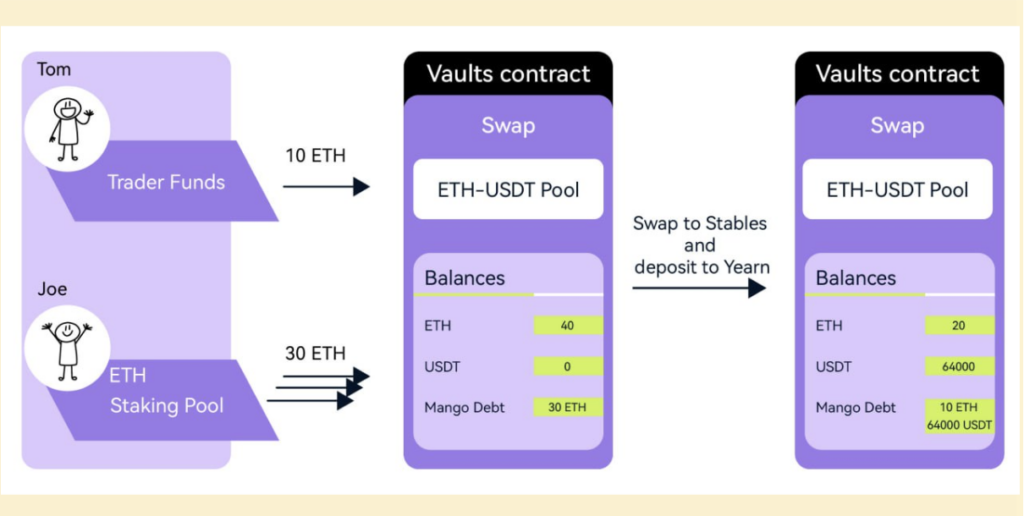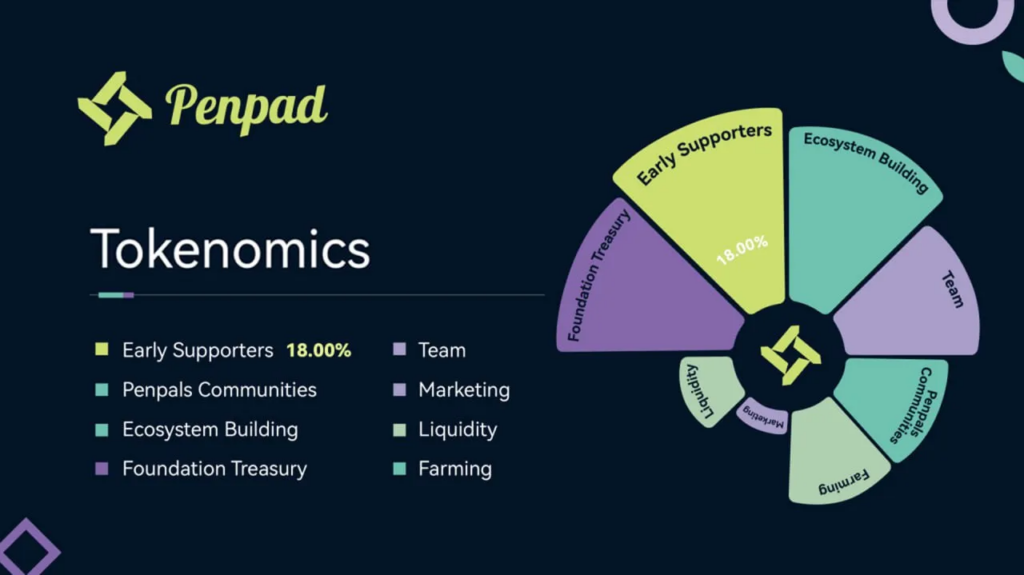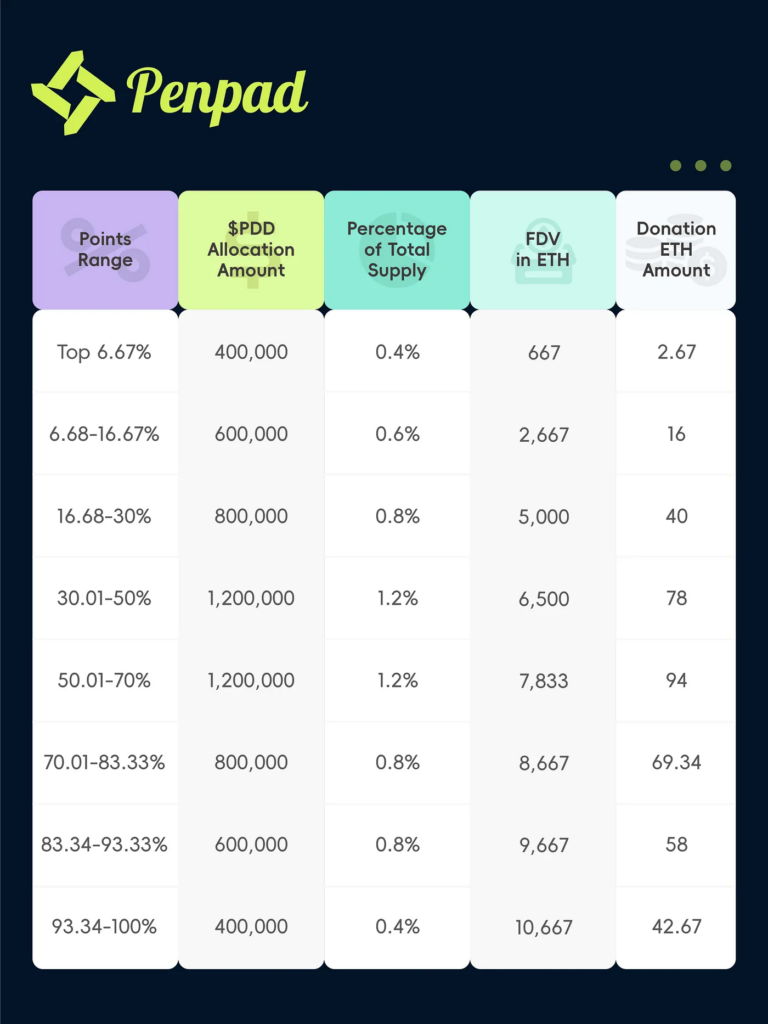Analyzing the Pencils Protocol: Scroll’s New Cost-Effective Opportunity
The value circulation within Layer 2 ecosystems often fluctuates with the dynamics of airdrop expectations. With projects like Starknet and Manta launching their tokens successively, the community’s enthusiasm has gradually shifted to other Layer 2 networks that haven’t yet issued tokens.
Among the numerous options, Scroll, backed by tens of millions of dollars in funding and endorsed multiple times by Ethereum co-founder Vitalik, has become one of the main battlegrounds for traffic and fund migration.

According to Defillama data, the Total Value Locked (TVL) in Scroll has seen considerable net inflows over the past few months, reaching approximately $87 million.
Currently, most users newly entering the Scroll ecosystem face a dilemma: how to find the most cost-effective targets for interaction, aiming for greater potential airdrop returns with relatively minimal investment.
Looking at the current state of the Scroll ecosystem, most of the projects ranking high in TVL are either already tokenized or have been deployed on multiple chains for a while (multi-chain deployment often implies longer token issuance cycles and relatively lower weight for single-chain interactions).
Projects native to Scroll that haven’t issued tokens yet are relatively few. Against this backdrop, Pencils Protocol, which has just completed its rebranding, seems to be the most cost-effective choice for interacting within the Scroll ecosystem.
What is Pencils Protocol?
Formerly known as PenPad, Pencils Protocol had already launched two rounds of early token generation events on the Scroll network before the rebranding (the current Season 2 is ongoing), attracting widespread attention from Scroll users.
The reason for emphasizing Pencils Protocol’s unique position in the Scroll ecosystem lies in the “ambiguous” relationship between Pencils Protocol and Scroll.
From an investment perspective, Pencils Protocol’s latest round of financing has been confirmed by several well-known investment institutions, including OKX Ventures, Animoca Brands, Presto Labs, Gate.io, among others, with Sandy, co-founder of Scroll, also participating in this round of financing.
As early as the joint event in March this year, Pencils Protocol mentioned “completing tasks to receive double rewards in Scroll points and Pencils Protocol tokens,” marking the first unofficial mention of “Scroll points.” Subsequently, in April of this year, Scroll officially announced the loyalty program Session Zero, confirming the launch of a points system.
In terms of positioning, Pencils Protocol is a comprehensive DeFi protocol native to Scroll, with the community at its core. With the completion of the rebranding, the project has now identified three main product lines—Launchpad, Staking, and Vaults & Restaking.
Launchpad provides asset issuance services, which was the core product of Pencils Protocol when it was known as PenPad. Looking ahead, Pencils Protocol hopes to provide a fair, open, and efficient asset issuance platform for high-quality projects on Scroll, making the entire Launchpad subscription process fairer, easier to operate, combinable, and localized through a series of innovative subscription and auction product modules, providing users and projects with a one-stop, flexible combination of innovative subscription services, as the primary platform for new projects in the Scroll ecosystem, helping high-quality projects in the ecosystem better distribute tokens.
Staking and Vaults & Restaking are both income optimization services. Unlike traditional PoS Staking, Staking in the context of Pencils Protocol actually provides income optimization services for individual tokens. Users can efficiently earn income by depositing assets such as ETH (and its derivatives LST, LRT), stablecoins, WBTC (and other BTC collateral tokens), and high-quality tokens in the Scroll ecosystem, while also utilizing the liquidity certificates issued by Pencils Protocol, called pTokens, to release the liquidity of deposited assets, further participating in other DeFi activities.
Vaults & Restaking focus on the leveraged income field, providing users with advanced functions to increase leverage multiples by borrowing funds to increase positions. In addition, Pencils Protocol’s Vaults section will also cooperate with multiple Liquid Restaking protocols to provide more income opportunities for users participating in Vaults, such as native staking income of ETH, point income of LRT protocol, EigenLayer point income, etc.

In addition to the above three core products, the operation of Pencils Protocol will also heavily depend on its loyalty points system, Pencil Points. After the main functions of Pencils Protocol are officially launched in the future, users can accumulate Pencil Points by depositing funds into Staking products. Pencil Points not only have the opportunity to bring continuous future airdrop income to users (including but not limited to Pencils Protocol protocol tokens), but can also be consumed in Launchpad products to obtain more quota at a lower price or in Vaults products to increase leverage, earning income at a faster rate.

In summary, Pencils Protocol’s vision is to serve as the cornerstone of DeFi on Scroll, helping early projects in the ecosystem distribute tokens while also helping users capture ecosystem value. As the community often says, “Scroll is the paper, Pencils are the pens.” If we consider Scroll, the underlying network that can be directly translated as “scroll,” as a blank canvas, then Pencils Protocol would be the pen drawing various patterns on this canvas.
How to achieve multiple benefits?
For the average user, rather than understanding the business logic of Pencils Protocol frame by frame, the more pressing question might be “how to interact effectively and maximize potential returns.”
In February of this year, Pencils Protocol (then known as PenPad) announced a three-season token generation event in collaboration with Scroll, distributing 18% of the total supply of tokens to early supporters. Season 1 began on February 27th and ended on March 22nd, while Season 2 started on March 25th and is currently ongoing.

In Season 2, users can deposit ETH individually or as a team through the official website and accumulate corresponding points rewards. Deposits are limited to a minimum of 0.05 ETH, with users receiving 100 points immediately upon their first deposit of 0.05 ETH and 20 points for each subsequent deposit of 0.05 ETH. Users depositing more than 0.5 ETH can start their own “team” and receive 10% of the invitation points from members they invite. As the total deposit amount of the “team” increases by 1 ETH, all members will have a chance to participate in a point lottery, accelerating their point accumulation progress.
It is worth noting that these points are not the same concept as the Pencil Points mentioned earlier. The points here mainly affect the generation and distribution of PDD, the protocol token of Pencils Protocol. Pencils Protocol has explicitly stated that it will distribute 6% of tokens to the community during Season 2, and the more points users accumulate, the more tokens they can receive at a lower subscription price.
However, Pencils Protocol mentioned in its latest announcement that it will convert this deposit contract into part of the Staking and Vaults service during the launch of Season 3, allowing users to convert their points accumulated in Seasons 1 and 2 into Pencil Points to continue deep involvement with Pencils Protocol.

As of the time of writing, the total deposits for Season 2 of Pencils Protocol’s token generation event have attracted about 1111 ETH, worth approximately $3.3 million, making it the largest native protocol in the Scroll ecosystem in terms of locked-in value.
However, overall, the competitive pressure of Pencils Protocol’s token generation event remains relatively low, providing new users with ample opportunities to catch up with early adopters.

In terms of potential returns, aside from directly acquiring Pencils Protocol protocol tokens using points, depositing in Season 2 of Pencils Protocol’s token generation event can also unlock additional income opportunities.
The first potential income comes from equity-type NFT badge rewards provided by Pencils Protocol to all users. Pencils Protocol announced earlier that it would provide badges representing Scroll and Pencils Protocol based on user points at the end of Season 2. Badge holders will have priority access to whitelist for new projects on Pencils Protocol, specific fee discounts in other projects within the Scroll ecosystem, and be included in the first batch of Scroll Canvas badge recipients (this is currently not officially described, hence open to imagination)…
The second income opportunity lies in PDD’s role as the most effective medium for accumulating Pencil Points in the future, possessing the “golden shovel” attribute to leverage future income opportunities in the Scroll ecosystem. This means that participating in Season 2 deposits can help users take the lead in subsequent gold mining activities in the Scroll ecosystem.
The third potential income, which is also of great concern to many users, is the interaction weight on Scroll. With the increasing competition for Layer 2 airdrops, high-quality participation in projects around the ecosystem’s leading projects often holds more value than indiscriminate interactions. As the leading native protocol tightly bound to the underlying mother network within the Scroll ecosystem, there is a possibility that interactions above Pencils Protocol will be given extra attention by Scroll, potentially bringing unexpected surprises to users.
According to the latest disclosure from Pencils Protocol, Season 2 is expected to end on May 20th, activating the withdrawal function for early deposits and confirming the PDD reward shares that users can receive through final calculations. Users can choose to use the deposited ETH for discounted subscription or retain ETH. Afterwards, users can choose to migrate their ETH deposits directly to the new contract to continue participating in Pencil Protocol’s Staking and Vaults, earning Pencil Points rewards, or withdraw ETH directly. Although this action will not affect PDD shares, it means that users will forfeit all previous points.
Ultimate Cost-Effectiveness
Over the past year, Points-Fi gameplay built around points systems has gradually become a new trend.
Restaking, Layer 2, DePIN, DeFi… emerging projects in various major tracks have chosen to accumulate liquidity using points systems before TGE, and the ETH, stablecoins, and other assets in users’ hands have become chips that various project parties are vigorously vying for. For ordinary users, faced with the emerging temptations of “deposits” or “staking,” it is inevitable to fall into selective obstacles.
Compared to other fiercely competitive points-based projects on the market, or those with less clear dates for cashing in on returns, Pencils Protocol’s advantages lie in its relatively short time cost and quicker return realization. Secondly, the competitive pressure of Season 2 deposits for Pencils Protocol is relatively low. Thirdly, participating in Season 2 not only allows users to obtain PDD but also leverages various forms to unlock multiple future benefits in the Scroll ecosystem.
This is why we boldly conclude that Pencils Protocol might be the most cost-effective interactive choice within the Scroll ecosystem at present.